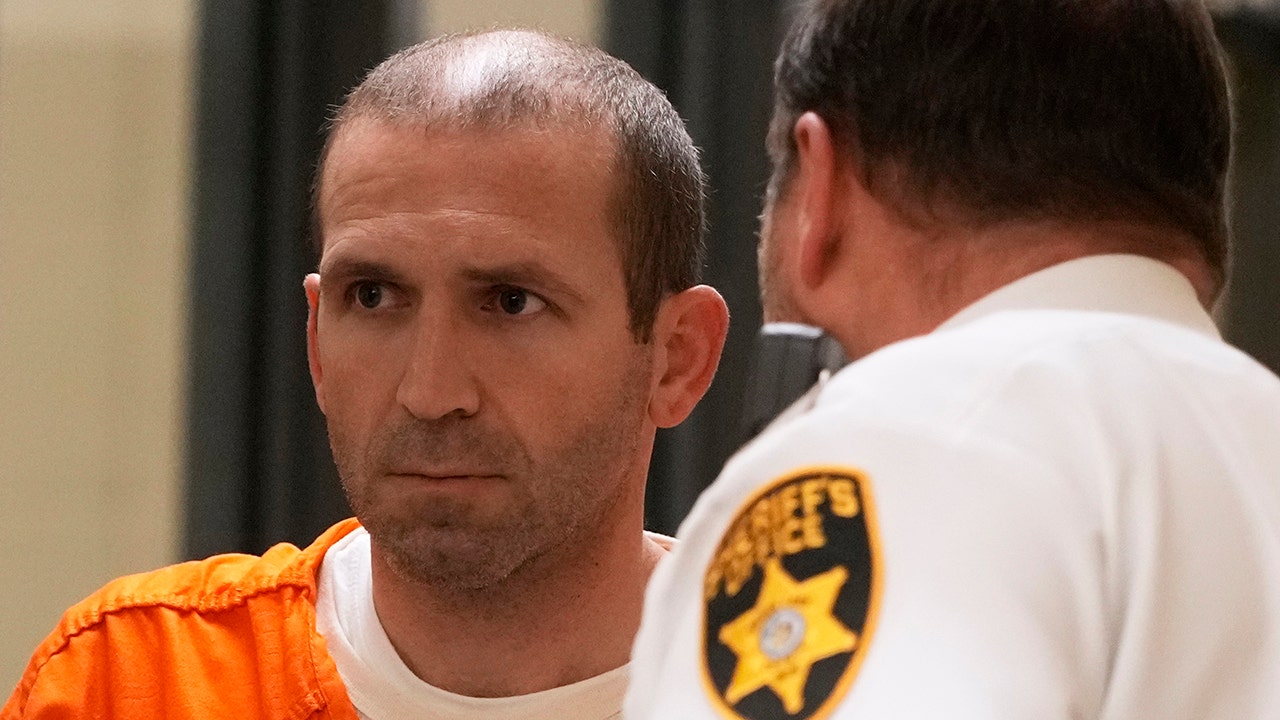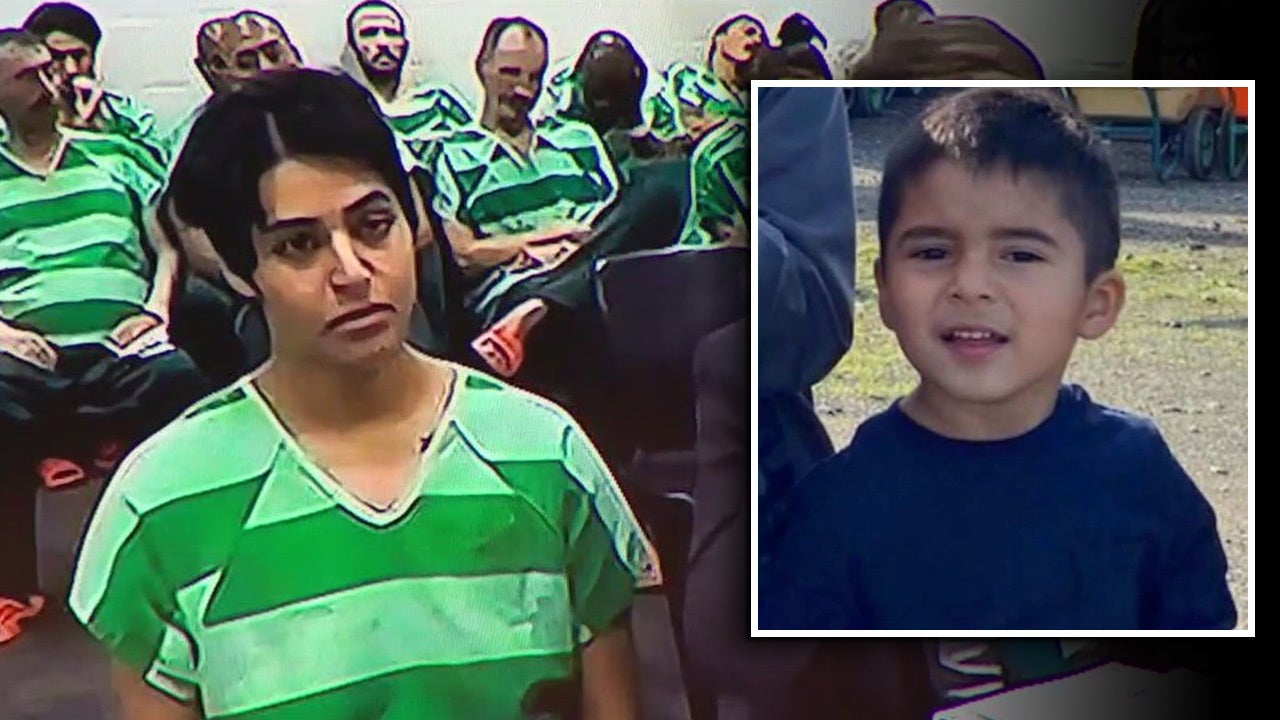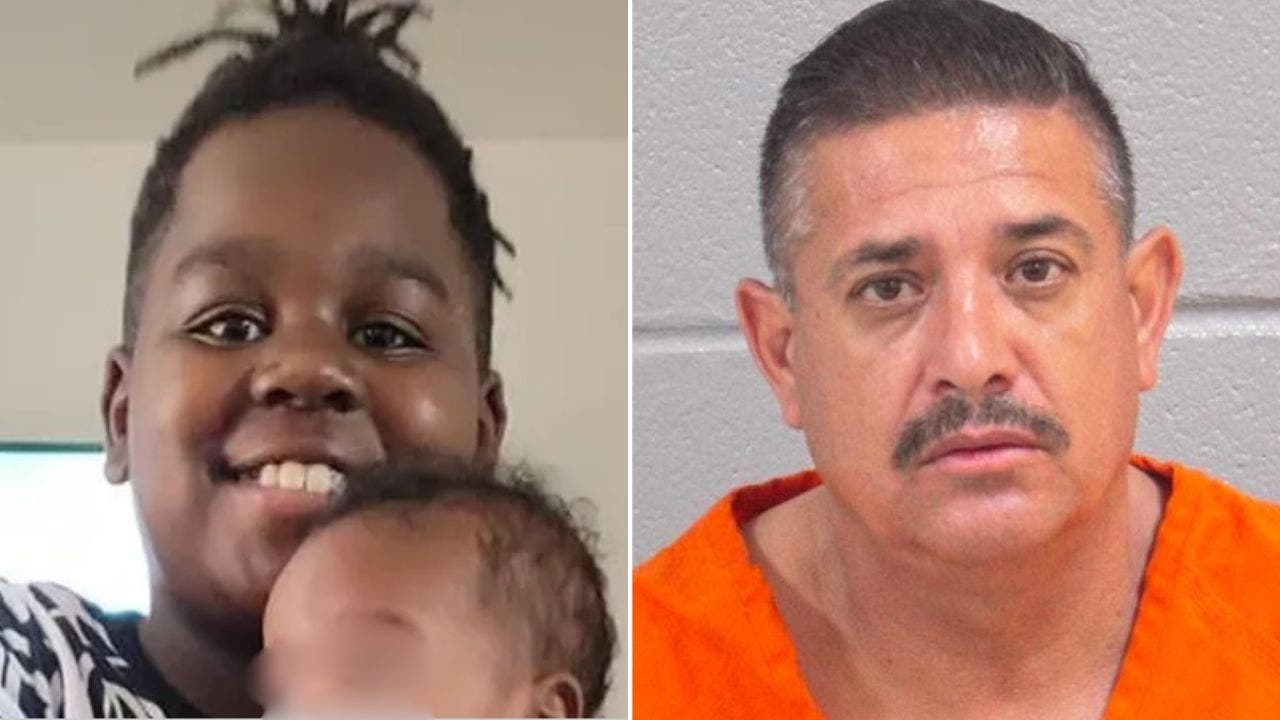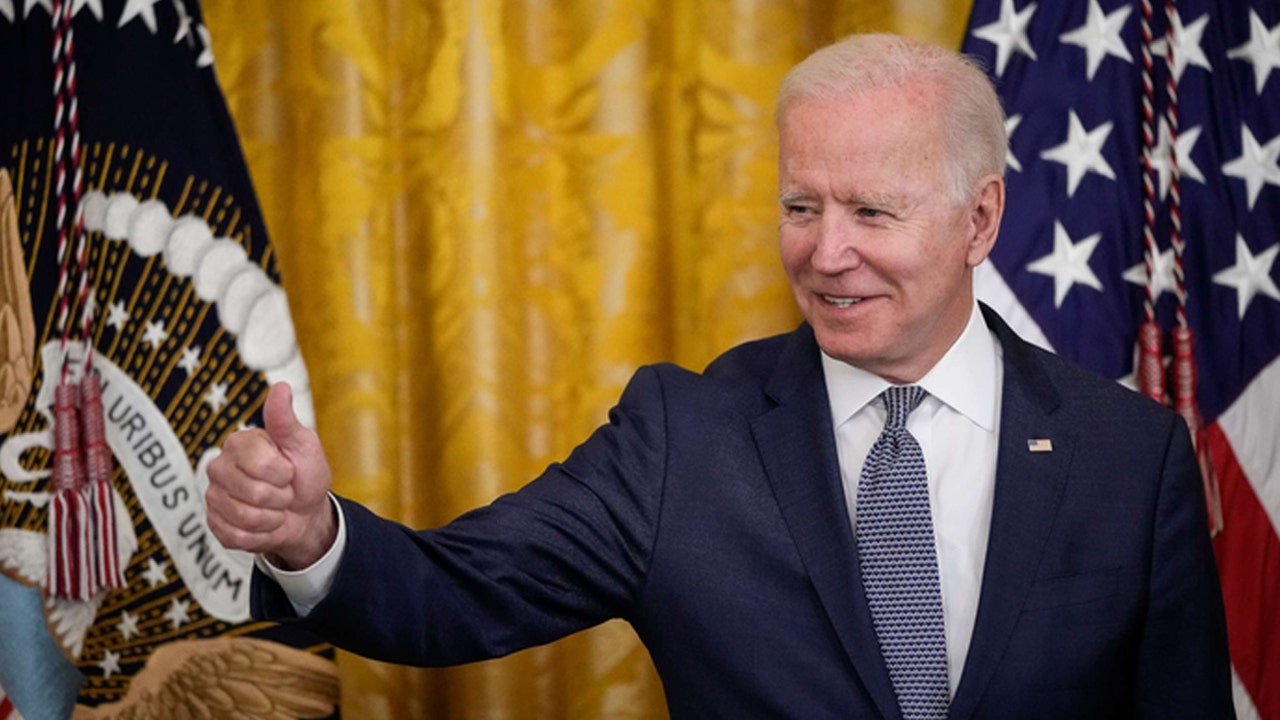Rabbi Moshe Kotlarsky, who helped establish scores of outposts around the world for the Chabad-Lubavitch Hasidic movement and served as a global ambassador of sorts to aid its far-flung emissaries in accomplishing their mission of revitalizing Jewish life, died on June 4 in Crown Heights, Brooklyn, the seat of the movement. He was 74.
Rabbi Motti Seligson, Chabad’s director of public relations, confirmed the death. He said Rabbi Kotlarsky had been diagnosed with pancreatic cancer.
The 250-year-old Chabad-Lubavitch movement has some 6,000 emissaries, known as shluchim, in more than 100 countries and all 50 states. These include places with few Jewish residents, such as Kathmandu, Nepal, which offers access to Jewish observance for climbers and trekkers in the Himalayas.
Chabad is an acronym for the Hebrew words for wisdom, understanding and knowledge, and Lubavitch is the town, in what is now Russia, where Chabad was centered for a century until World War I.
Rabbi Kotlarsky traveled tens of thousands of miles to respond to requests for an institutional presence in sparse Jewish communities in Africa, Asia, the Caribbean and the former Soviet Union. He also scouted out what might be required in an established outpost — in Europe, the United States or elsewhere — to strengthen the mission of an emissary couple, typically a rabbi and his wife.
He might ask representatives of a Jewish community whether they needed help in setting up a school or a mikvah, for taking ritual baths.
He also functioned as a kind of troubleshooter. When terrorists attacked a Chabad house in Mumbai, India, and killed the emissaries there in 2008, it was Rabbi Kotlarsky who spoke at their funeral.
He was particularly effective — through the campaign Chabad on Campus International, begun in 1999 — in setting up many of the 346 sites now serving 818 college campuses in 23 countries that expose nonobservant Jewish students to the faith’s traditions and thought.
For a lonesome student raised in a secular or moderately observant home, hot bowls of chicken soup shared at a table on Sabbath with other students might lead to the regular lighting of Sabbath eve candles for young women or the donning of tefillin (ritual assemblages of leather boxes and straps) for young men.
As a result of such initiatives, Chabad’s growth in the past three decades has been explosive, making Chabad far more influential than larger Hasidic sects like Satmar and Ger, which do not proselytize among secular Jewish communities.
“They are in more places in the world than any other Hasidic group and most visible to the world because of their outreach — largely thanks to Kotlarsky,” said Samuel Heilman, a distinguished professor emeritus of sociology and Jewish studies at the City University of New York and the author, with Menachem Friedman, of “The Rebbe: The Life and Afterlife of Menachem Mendel Schneerson” (2010), a book about the Chabad movement’s revered longtime spiritual leader.
Although Chabad has about 90,000 adherents, fewer than at least two other Hasidic sects, 38 percent of America’s 6.3 million Jews participate in one of its activities at some time, a Pew survey found in 2020. When all its outposts are included, Chabad claims to have the largest network of synagogues in America, with more than 1,000 places of worship.
Rabbi Schneerson, who was known as the Rebbe, died in 1994 at 92 and was so revered — many followers viewed him as the Messiah — that he was never replaced as the movement’s spiritual leader. Rabbi Yehuda Krinsky, a longtime aide to Rabbi Schneerson, eventually assumed administrative leadership, and Rabbi Kotlarsky was sometimes spoken of as his heir apparent. Rabbi Kotlarsky was the vice chairman of Merkos L’Inyonei Chinuch (the Central Organization for Jewish Education), the movement’s educational arm, of which Rabbi Krinsky is chairman.
Rabbi Kotlarsky shrugged off any higher ambitions. “I try to be a very humble servant serving the Rebbe’s mission,” he told the Jewish newspaper The Forward in 2013, adding, “I just work in the things that I’ve always been working.”
In a statement on Tuesday, Rabbi Krinsky praised his vice chairman: “Rabbi Kotlarsky’s dedication to the Rebbe’s vision of concern for every single Jew has profoundly impacted the vitality of Jewish life around the world.”
Rabbi Kotlarsky’s stature was evident in 2010 at the annual gathering of emissaries in New York, highlighted by a colossal banquet. (The dinner, which was attended by 4,500 guests, was held in the cargo area of a Brooklyn cruise ship terminal and required 90 chefs and 340 waiters.) A genial man who loved a good joke, Rabbi Kotlarsky would host these events and, in his booming voice, call on emissaries from each country and state to stand, in a ceremony much like the roll call at a political convention.
He also had a knack for fund-raising and was able to cultivate relationships with wealthy donors, like the investor Sami Rohr and his son, George.
Moshe Yehuda Kotlarsky was a Chabadnik from birth. He was born on May 29, 1949, in Crown Heights and raised in a home not far from 770 Eastern Parkway, the Gothic-style brick building that is the center of the Chabad world and that for a time was Rabbi Schneerson’s home.
His father, Rabbi Tzvi Yosef Kotlarsky, a native of Poland, studied at Chabad yeshivas in Lublin and Warsaw and taught at a Chabad yeshiva in the resort town of Otwock, near Warsaw. He survived the Nazi occupation of Poland by obtaining a visa from the celebrated Japanese diplomat Chiune Sugihara and making his way to Shanghai. He then traveled to Montreal and, later, to Brooklyn, where he was a yeshiva administrator. His mother, Goldie (Schimelman) Kotlarsky, managed the household.
Moshe attended a Chabad yeshiva in Crown Heights and also studied in Montreal before returning to Brooklyn to take up Chabad work. According to the website Chabad.org, he and his wife, Rivka (Kazen) Kotlarsky, informed Rabbi Schneerson in the early 1970s that they wanted to be posted to a remote community as shluchim, but Rabbi Schneerson felt that Rabbi Kotlarsky would be more valuable remaining in Crown Heights working at Merkos L’Inyonei Chinuch, whose board he joined in 1998. Rivka took a job teaching at the Beth Rivkah schools for girls in Brooklyn.
She survives him, as do his nine children: Chanie Wolowik, Rabbi Mayer Kotlarsky, Sarah Benjaminson, Nechama Greenberg, Rabbi Mendy Kotlarsky, Rabbi Sruly Kotlarsky, Rabbi Levi Kotlarsky, Rabbi Dovid Kotlarsky and Goldie Perlstein. All of his children are Chabad emissaries except Mendy Kotlarsky, who is executive director of a research program at Chabad headquarters that supports the emissaries. He is also survived by many grandchildren and great-grandchildren.
Like many Chabadniks, Rabbi Kotlarsky frequently quoted Rabbi Schneerson to explain his own decisions. According to the Chabad website, he recalled a time in 1984 when, at the Rebbe’s behest, he traveled to the Caribbean island of Curacao to visit a family whose son attended a Protestant-run school and was being pressured to take part in its religious services. Rabbi Kotlarsky arranged for the boy to attend a Chabad summer camp in the Catskills and a Chabad yeshiva in Brooklyn.
In gratitude, the father wrote a note to Rabbi Schneerson thanking him for caring for “a small Jew from Curacao.” The Rebbe replied in a letter:
“I must take exception to your referring to yourself as a small Jew from Curacao. There is no such thing as a small Jew, and a Jew must never underestimate his or her tremendous potential.”
For the rest of his life, according to the website, Rabbi Kotlarsky “would cite these words from the Rebbe as a source of personal guidance and inspiration.”





